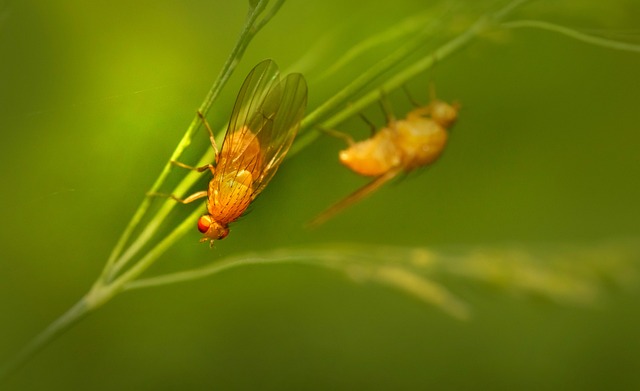Mold thrives in humid environments, impacting indoor air quality. Natural mold removal solutions include plants with mold-resistant properties that absorb excess moisture and reduce airborne spores. Strategically placing mold-resistant plants like Snake Plant, Peace Lily, English Ivy, and Spider Plant in damp areas improves indoor air quality and creates a healthier living space. Proper plant care, including ventilation and regular cleaning, is crucial for effective natural mold removal, preventing mold growth and enhancing overall well-being.
In today’s digital era, understanding indoor air quality is more crucial than ever. One hidden menace that can significantly impact our health is mold, which thrives in damp environments. However, nature provides a solution through its remarkable array of mold-resistant plants. This article explores how these plants can act as natural mold removal agents, enhancing indoor air quality. We’ll guide you through understanding mold’s impact, identifying the most effective mold-resistant plants, and best practices for their care to create a healthier home environment.
- Understanding Mold and Its Impact on Indoor Air Quality
- The Role of Plants in Natural Mold Removal
- Identifying the Most Effective Mold-Resistant Plants
- Creating a Mold-Unfriendly Environment with Houseplants
- Best Practices for Plant Care to Prevent Mold Growth
- Real-World Applications: Incorporating Mold-Resistant Plants at Home
Understanding Mold and Its Impact on Indoor Air Quality
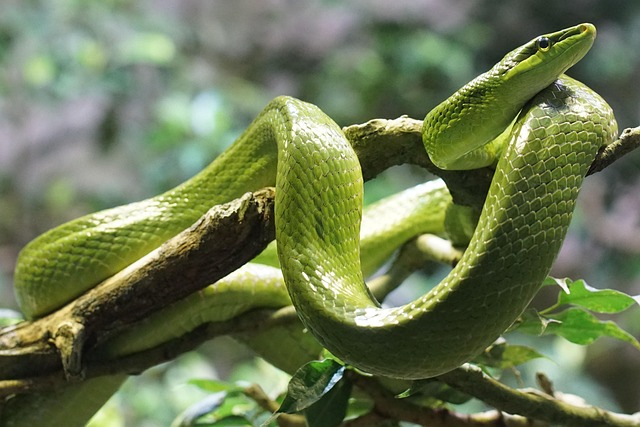
Mold, a silent invader, can thrive in hidden corners of your home, particularly in humid environments. It’s essential to understand that mold isn’t just an aesthetic concern; it can significantly impact indoor air quality. Breathing in mold spores can trigger allergies, asthma, and other respiratory issues. The good news is, there are natural mold removal solutions, and one effective approach is introducing plants known for their mold-resistant properties.
These plants act as natural air purifiers, absorbing excess moisture and reducing airborne mold spores. Their leaves often contain compounds that inhibit mold growth, making them excellent choices for creating a healthier indoor environment. By strategically placing these plants in damp areas or near sources of humidity, you can significantly improve air quality and create a more comfortable living space.
The Role of Plants in Natural Mold Removal

Plants play a significant role in natural mold removal, offering an eco-friendly solution for maintaining healthy home environments. Through their metabolic processes, plants absorb and break down mold spores present in the air and on surfaces. Many houseplants have specific properties that make them particularly effective at fighting mold growth. Their roots, leaves, and stems can help filter and purify the air, reducing the overall mold count.
Additionally, certain plants produce natural compounds known for their antifungal and antimicrobial properties, which inhibit mold development. These include essential oils and phenolic compounds that not only deter mold but also contribute to a fresher indoor atmosphere. Incorporating these mold-resistant plants into your home decor is an excellent way to enhance air quality and create a more comfortable living space while enjoying their aesthetic appeal.
Identifying the Most Effective Mold-Resistant Plants
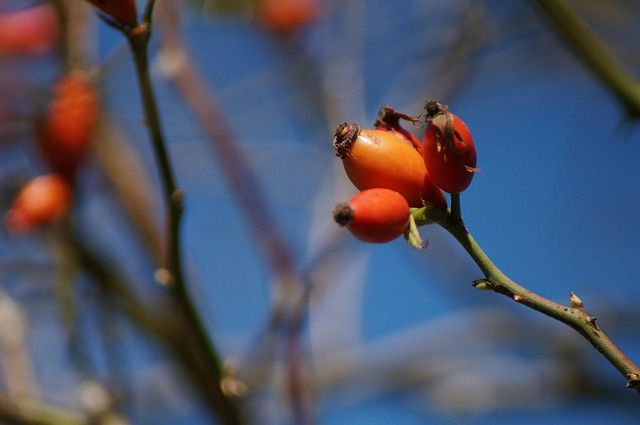
Identifying the Most Effective Mold-Resistant Plants
When it comes to natural mold removal, incorporating mold-resistant plants into your home environment is an innovative and eco-friendly approach. These plants not only add beauty and life to your space but actively contribute to maintaining a healthy indoor atmosphere by hindering mold growth. Research has shown that certain plant species have unique properties that make them exceptional at combating molds and improving air quality.
Among the best natural mold removal options, you’ll find plants like Snake Plant (Sansevieria trifasciata), Peace Lily (Spathiphyllum), English Ivy (Hedera helix), and Spider Plant (Chlorophytum comosum). These plants are known for their ability to filter out common indoor air pollutants and absorb excess moisture, creating an environment that is less conducive to mold growth. Incorporating these mold-resistant plants into your home decor not only enhances aesthetics but also promotes a healthier living space.
Creating a Mold-Unfriendly Environment with Houseplants
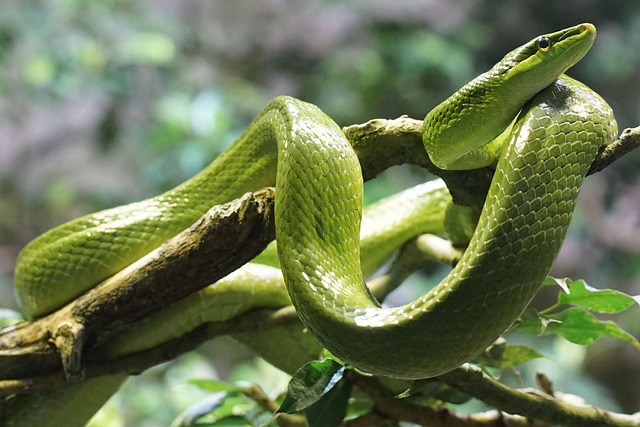
Creating a mold-unfriendly environment in your home is an excellent way to promote indoor air quality and overall health. Houseplants can play a significant role in this process, serving as natural mold removal solutions. Many common houseplants have properties that inhibit mold growth due to their ability to release negative ions, improve humidity levels, and filter toxins from the air.
By strategically placing these mold-resistant plants around your home, you can help reduce moisture buildup, disrupt mold spores’ proliferation, and create a healthier living space. Incorporating natural mold removal methods through plants is an eco-friendly alternative that complements traditional cleaning routines, ensuring a cleaner and more comfortable environment for you and your family.
Best Practices for Plant Care to Prevent Mold Growth
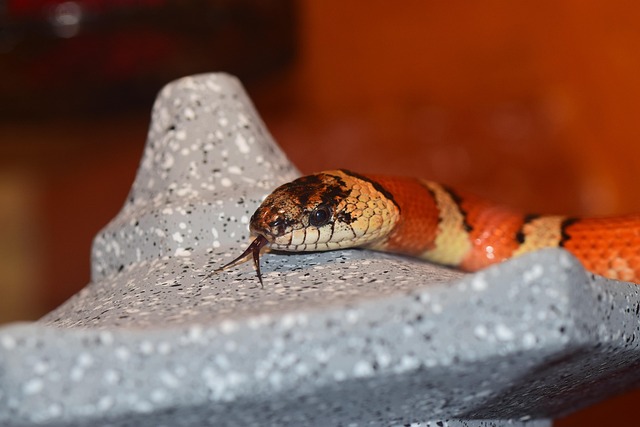
To maintain a healthy and mold-free home environment, proper plant care is essential, serving as an effective form of natural mold removal. Firstly, ensure adequate ventilation in your indoor spaces, as good air circulation discourages moisture buildup, which is conducive to mold growth. Regularly clean and wipe down the leaves of your plants with a damp cloth to remove dust and debris, as these can harbor mold spores. Additionally, consider the amount of sunlight each plant receives; most molds thrive in shady, humid conditions, so placing plants near windows or using grow lights can help reduce moisture levels.
Potting soil plays a vital role too. Opt for well-draining, high-quality potting mix to prevent water from pooling around the roots, as this can foster mold and fungal growth. Lastly, monitor your plants closely for any signs of mold or mildew. Early detection allows for swift action, which could involve isolating the affected plant or implementing additional natural mold removal measures like increasing ventilation or using specific fungicidal solutions suitable for indoor use.
Real-World Applications: Incorporating Mold-Resistant Plants at Home
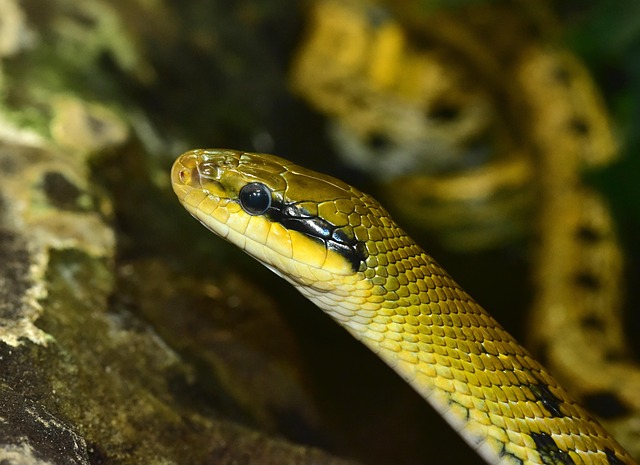
Incorporating mold-resistant plants into your home environment offers a natural and aesthetically pleasing solution for managing indoor humidity levels and preventing mold growth. These plants not only serve as effective air purifiers, absorbing toxins and releasing oxygen, but also act as physical barriers against mold spores by reducing relative humidity in the air. In many cases, they can even break down existing mold and mycotoxins present in the soil or atmosphere.
Real-world applications of these plants extend beyond their ecological benefits. Their use in homes with historical or ongoing mold issues can provide a cost-effective and eco-friendly alternative to traditional methods of natural mold removal, such as dehumidifiers or air purifiers. Moreover, integrating mold-resistant plants into your home decor adds a touch of greenery and vitality, enhancing the overall ambiance while contributing to a healthier living space.
